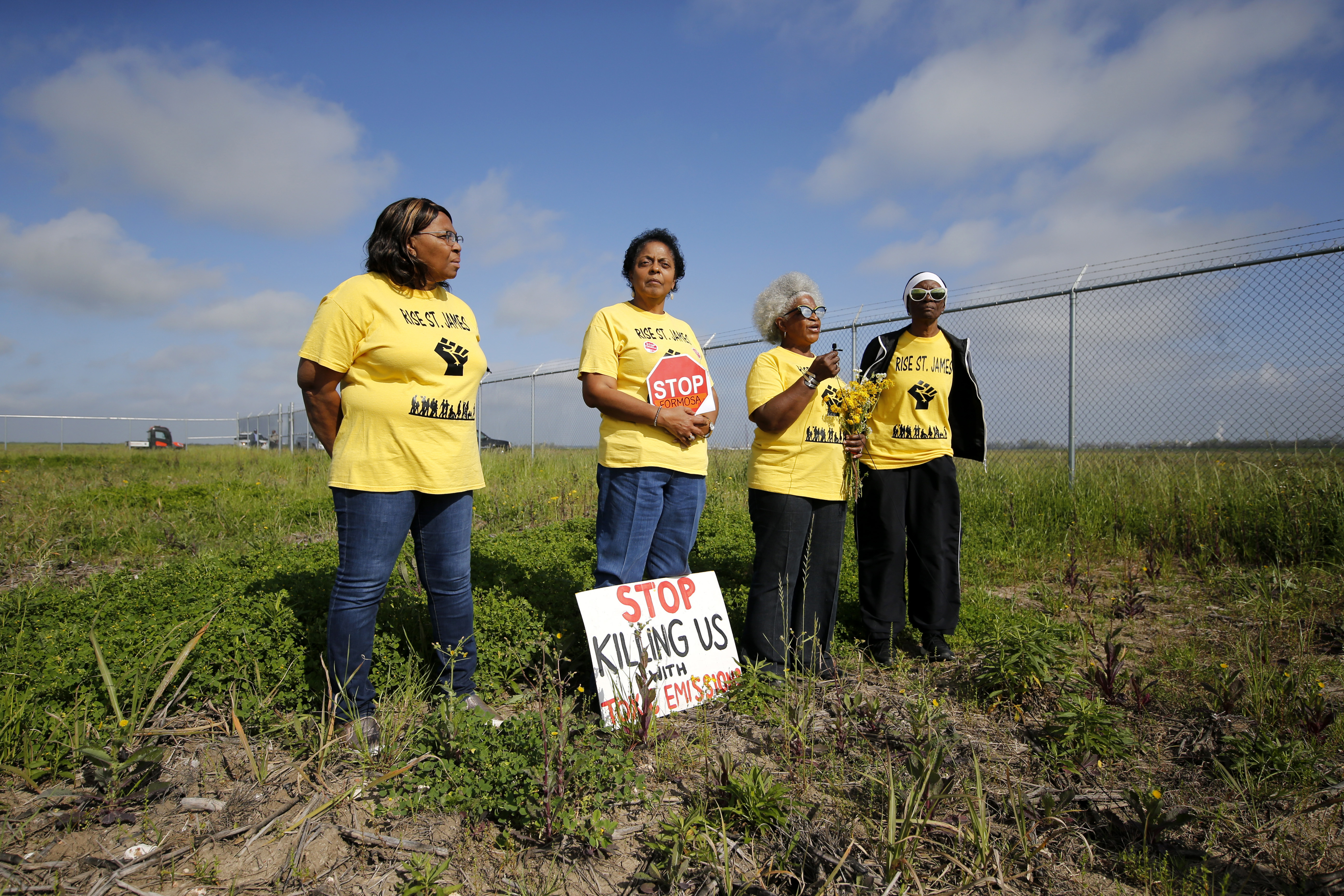Commuters in Philadelphia and commercial truckers alike are bracing for what could be months of traffic disruptions due to the destruction of a section of Interstate 95, a critical artery for regional transportation.
An elevated section of I-95 collapsed Sunday after a tanker truck carrying 8,500 gallons of gasoline flipped over on an off-ramp and caught fire, igniting a blaze that caused the northbound lanes to collapse and severely damaging the southbound lanes.
Pennsylvania Gov. Josh Shapiro issued a disaster declaration on Monday to expedite repairs. Meanwhile, alternative routes have made commutes much longer for hundreds of thousands of drivers and will likely raise shipping costs as truckers are forced to take lengthy detours. The affected portion of the highway, which is a vital north-south artery on the East Coast and runs from Maine to Florida, typically carries 160,000 vehicles per day, of which 8% are commercial trucks.
U.S. Transportation Secretary Pete Buttigieg said the incident will undoubtedly result in higher prices of goods after he visited the collapse site on Tuesday.
Get top local stories in Philly delivered to you every morning. Sign up for NBC Philadelphia's News Headlines newsletter.
“Part of what goes into the cost of everything that we pay for in the store is the cost of shipping, and if a route is disrupted or if it’s longer, or if trucks have to wait, that finds its way into the cost of goods,” Buttigieg said.
On Wednesday, Shapiro announced the state's rebuilding plan and said crews will work 24 hours a day until they can reopen the interstate. But the governor repeatedly declined to estimate how long that would take.
As economic and traffic impacts frustrate the densely populated area, and uncertainty remains about the repair timeline, similar roadway incidents in the past might offer a clue on when to expect I-95 to reopen.
U.S. & World
Stories that affect your life across the U.S. and around the world.
I-85 collapse in Atlanta, Georgia
A fire that started underneath Interstate 85 in Atlanta burned so hot that it caused a 92-foot elevated section of the highway to collapse on March 30, 2017, NBC News reports. The fire was reported during the evening rush, stalling thousands of drivers as state troopers worked on a way to get vehicles off the roadway. There were no reported injuries.
Then-Gov. Nathan Deal declared a state of emergency for Atlanta and Fulton County the same night, freeing up federal funds to be used for repairs.
Officials said the freeway is one of the most heavily traveled in the area, carrying over 250,000 vehicles daily through the Atlanta metropolitan area.
Repair efforts took six weeks and totaled $15 million, with officials offering a multimillion-dollar incentive to the project contractor to finish ahead of schedule, The Associated Press reported. The bridge reopened on May 12, 2017.
I-5 Skagit River Bridge collapse in Mount Vernon, Washington

A section of an Interstate-5 highway bridge in Mount Vernon, Washington, collapsed on May 23, 2013, sending cars and people into the Skagit River below. An oversized truck was reported to have caused the collapse, which left three people injured.
I-5 is the main freeway along the West Coast, providing a connection between Seattle and British Columbia, Canada. The Skagit Bridge carries around 71,000 vehicles per day.
A temporary bridge reopened less than a month later and a permanent replacement was finished in mid-September with a cost of nearly $18 million, according to the AP.
I-35W Mississippi River bridge collapse in Minneapolis, Minnesota

More than 15 years ago, the Interstate 35W bridge collapsed over the Mississippi River during rush hour traffic on Aug. 1, 2007. Thirteen people were killed and 145 more injured. The National Transportation Safety Board determined a design flaw as the cause of the collapse, citing "inadequate load capacity" as a probable explanation.
I-35W was reported to be one of the busiest bridges in the state, carrying over 140,000 vehicles daily, officials said. And federal inspection records show it had been classified as structurally deficient, meaning that it was aging and in need of repair.
A temporary bridge was put in place after 27 days. The permanent bridge was opened on September 2008 after an 18-month accelerated construction period. Construction cost for the new replacement bridge, the I-35W Saint Anthony Falls Bridge, totaled $234 million, the Minnesota Department of Transportation said.
I-10 Twin Span Bridge collapse in New Orleans, Louisiana
When Hurricane Katrina struck New Orleans on Aug. 29, 2005, it tore apart a five-mile concrete section of the Interstate-10 bridge, which connects New Orleans to points east. There were no reported injuries.
Louisiana Department of Transportation and Development said the bridge was a vital link for transportation in the region, carrying 55,000 vehicles in daily traffic, and accepted a $30.9 million bid to repair the bridge. The eastbound bridge was opened to traffic less than two months later on Oct. 14 and the westbound bridge was opened on Jan. 6, 2006.
Even though the temporary fix deemed the bridge functional, it was determined to be "too vulnerable" to storm surges in the future, DOTD said. Construction of the new Twin Span Bridge took five years and cost $803 million. The new bridge was opened in September 2011.



